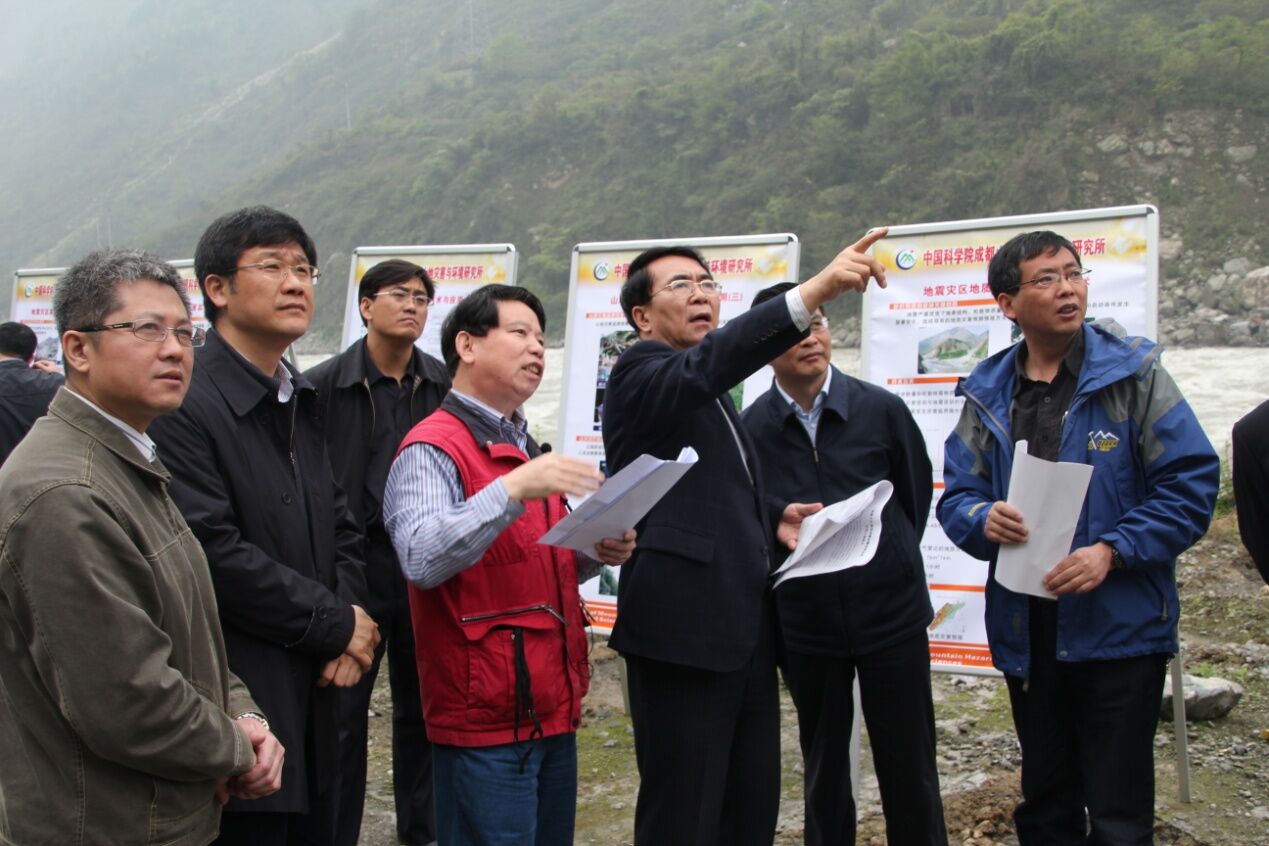| Multimedia |

|
| Location: Home > Research > Research Progress |
| IMHE reveals the physiological and molecular mechanism on photosynthesis of Chinese fir under high planting density and nutrient addition | TEXT SIZE: A A A |
|
Chinese fir(Cunninghamialanceolata) is an important coniferous, fast-growing species that has been widely planted over an area of approximately 12 million ha in south Chinaand provides important ecological and economic benefits. Recently, the plantation area of Chinese fir has been enlarged due to an increased demand for timber. However, the yield and productivity of pure Chinese fir plantations are extremely low because of low photosynthetic efficiency. High planting density, continuous planting and nutrient losses are the main reasons for the low photosynthetic efficiency. To illuminate the exactly photosynthetic mechanisms, Dr. Sheng Zhang of Institute of Mountain Hazards and Environment, Chinese Academy of Sciences (IMHE) and his team performed a high planting density on the continuously planted soils and a nutrient addition into soils experiments. The results showed that a high density plantation inhibited growth and biomass accumulation of Chinese fir samplings, as well as their photosynthesis. This inhibition was enhanced in a soil that had been previously planted with the same species. The main factors limiting photosynthesis and growth were leaf-level irradiance and nutrient availability, mainly in P and Mg. Furthermore, studies showed either N or P added in soils significantly increased photosynthetic rate, but N addition had more positive effects than P addition in improving photosynthetic ability. Physiologically, N addition caused more in improving photosynthetic rate than P addition, which attributes to higher leaf N and chlorophyll contents, enlarged chloroplast size and more number of thylakoids. Proteomic data revealed that the increased photosynthetic rate to N and P additions may attribute to the increased abundance of proteins involved in carbon fixation and RuBP regeneration during the light-independent reactions. However, N addition increased the abundance of photosystem II related proteins and P addition increased the abundance of photosystem I related proteins. These studies showed that a high planting density induced an enhanced competition for nutrients and different nutrients addition into soils changed different photosynthetic and metabolic processes of Chinese fir. These researches were supported by the National Key Basic Research Program of China (No. 2012CB416901) and Young Talent Team Program of the Institute of Mountain Hazards and Environment (SDSQB-2012-02). Full text URL (1): http://link.springer.com/article/10.1007/s13595-015-0518-1 Full text URL (2): http://www.sciencedirect.com/science/article/pii/S1874391916302822
|